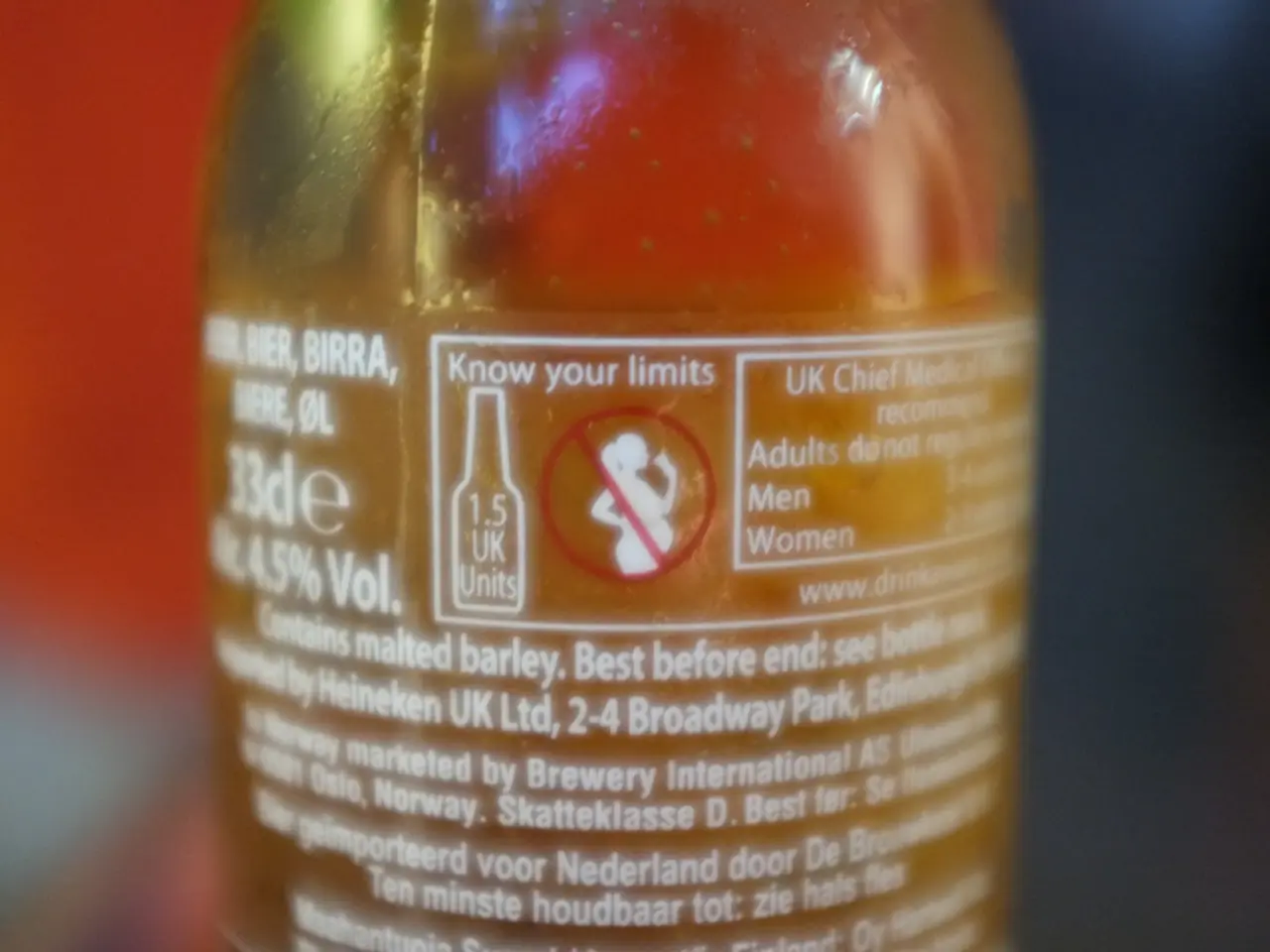Toxic plants: Identifying poison sumac, treatment strategies, and essential info
Poison sumac rash is a common reaction caused by contact with the oil found in poison sumac, oak, and ivy plants. Here's how to identify, treat, and prevent this allergic skin reaction:
### Identification and Symptoms
Symptoms of poison sumac rash usually appear 12 to 72 hours after exposure and are characterised by redness, swelling, intense itching, and a blistering rash with tiny fluid-filled bumps. The rash often appears in streaks or patches corresponding to plant contact.
### Home Treatment and Remedies
Immediate action is crucial: wash the affected skin thoroughly with soap and cold or lukewarm water as soon as possible after exposure, ideally within 30 minutes. Use friction with a washcloth and scrub under the nails to remove the urushiol oil.
For symptom relief, over-the-counter hydrocortisone 1% cream or other topical steroids can reduce inflammation. Calamine lotion can soothe itching, while oral antihistamines such as diphenhydramine (Benadryl) or cetirizine (Zyrtec) can relieve itching and allergic reaction. Cool compresses can also calm irritation, and oatmeal baths or baking soda baths may provide additional relief.
Avoid scratching to prevent infection. Home remedies like aloe vera, apple cider vinegar, or banana peels are not strongly supported by research and may not be effective.
### When to Seek Medical Attention
If the rash is widespread or affects sensitive areas such as the face, eyes, mouth, or genitals, seek medical attention. If the rash continues to get worse or spreads extensively, if itching and rash don’t improve with home treatment, or if signs of skin infection appear (worsening redness, warmth, pain, yellow or thick pus drainage from blisters, fever, or chills), urgent medical care is needed.
Presence of other concerning symptoms like difficulty breathing, nausea, or headache means urgent care is needed. Severe rashes may require prescription oral steroids like prednisone to reduce swelling and itching.
### Prevention
To reduce the risk of coming into contact with poison sumac, cover the skin as much as possible while outdoors, wash any clothing that may have come into contact with poison sumac, multiple times and in a separate wash to other clothes, clean all tools with rubbing alcohol or soap and water regularly, use barrier skin creams, such as lotions with bentoquatam, and avoid burning plants that may contain poison sumac, as the smoke can also cause allergic reactions.
Poison sumac is a small tree or shrub with compound leaves, milky sap, and fleshy fruit. It tends to grow in wet areas, such as swamps, and is most commonly found on the eastern side of the United States. In most cases, a rash from the poison sumac plant is treatable at home by washing the affected areas with soap and water, including underneath the fingernails. However, if the rash becomes severe or infected, antibiotic treatment may be necessary. Over-the-counter treatments can provide pain relief from the rash, such as creams containing zinc oxide or zinc acetate, hydrocortisone cream, or a baking soda paste.
- The skin-care remedies for a poison sumac rash include washing the affected area with soap and cold or lukewarm water, using hydrocortisone 1% cream or other topical steroids, applying calamine lotion for itching relief, and using cool compresses or oatmeal baths for added soothing.
- Audio-verbal symptoms of asthma, like difficulty breathing, nausea, or headache, might require immediate medical attention due to the potential presence of poison sumac allergies.
- In the context of health-and-wellness, preventative measures for avoiding poison sumac exposure include covering skin, washing contaminated clothing, cleaning tools regularly, using barrier skin creams, and avoiding burning plants that might contain poison sumac.
- Skin health may be compromised not only by physical contact with poison sumac but also by the presence of HIV or other health conditions that present as skin rashes, calling for mental-health support and therapies-and-treatments to address overall health concerns.
- In addition to the conventional home remedies for poison sumac rash, unconventional methods like using aloe vera, apple cider vinegar, or banana peels should be approached with caution, as their effectiveness is not scientifically supported or proven.








